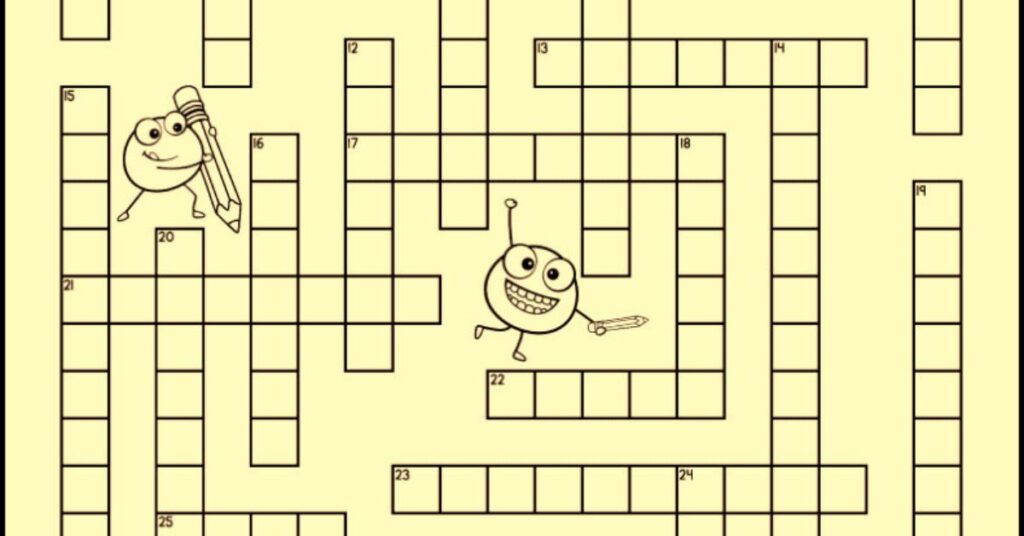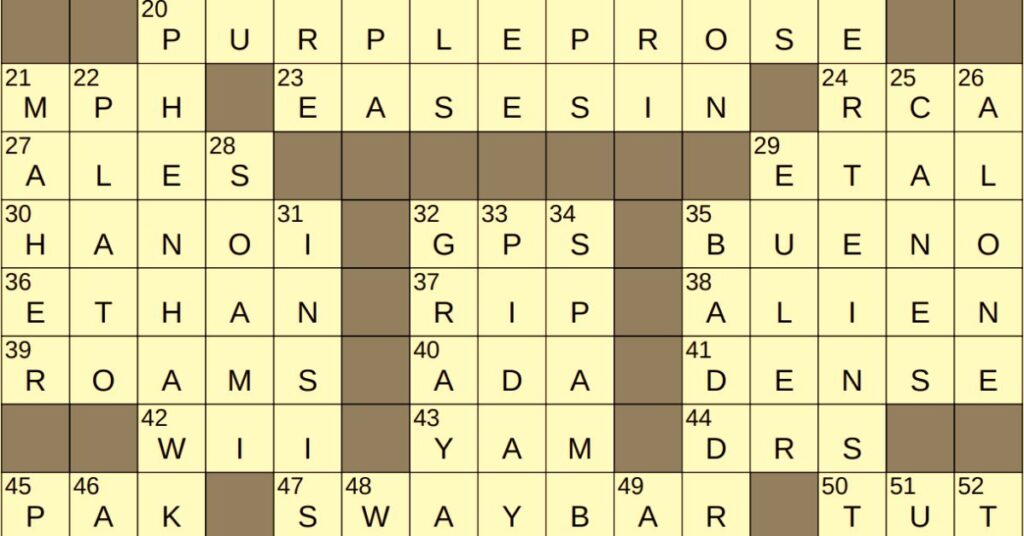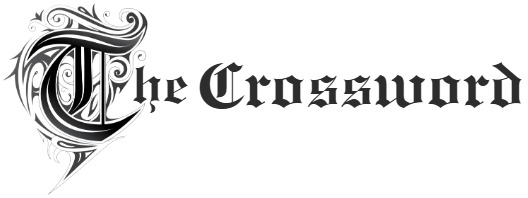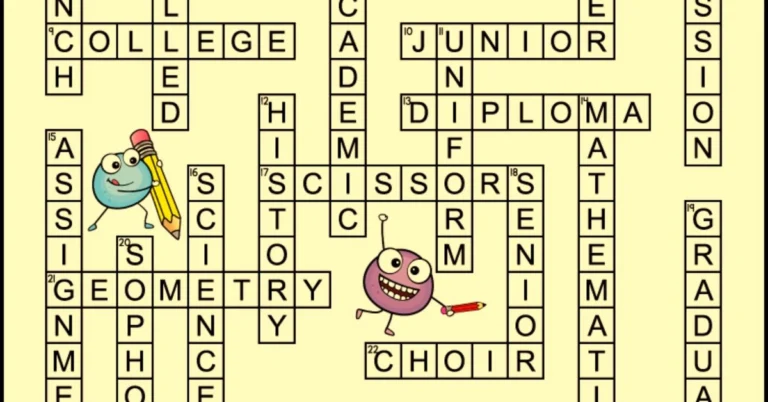Crossword puzzles have been a cherished pastime for decades, offering enthusiasts the opportunity to flex their mental muscles while enjoying the thrill of solving complex word clues. Among these puzzles, the famous New York Times Crossword (NYT) stands as a gold standard, celebrated for its clever wordplay and cultural relevance. One recurring clue that has intrigued and amused solvers is opposite of acidic NYT crossword. This phrase, though seemingly simple, opens the door to a broader discussion about crossword-solving techniques, the creativity of constructors, and the cultural nuances hidden within the grids.
The Allure of Crossword Puzzles
Crossword puzzles are more than just a game; they are a linguistic and intellectual challenge. Players are often drawn to them for the satisfaction of cracking clever clues, the mental stimulation they provide, and the sense of accomplishment they deliver when the grid is completed. Clues like opposite of acidic NYT crossword are particularly engaging because they require solvers to think critically and often explore multiple meanings of words.
The appeal of crosswords lies in their ability to balance challenge and accessibility. A good puzzle is one that feels approachable yet offers moments of difficulty that push solvers to think outside the box. The NYT Crossword, in particular, has mastered this balance, with clues like “opposite of acidic NYT crossword” embodying its knack for layering complexity into simplicity.
Understanding Crossword Clues: The Basics

For new solvers, it’s important to understand the anatomy of crossword clues. Most clues can be categorized as straightforward or cryptic. A straightforward clue typically defines the word directly, while a cryptic clue offers hints through wordplay, such as anagrams, homophones, or double meanings.
Take the “opposite of acidic NYT crossword,” for example. This clue encourages solvers to think about chemistry and pH levels, eventually leading to a word like “basic” or “alkaline.” However, it could also play on the figurative meaning, requiring the solver to think about attitudes or tones that contrast with “acidic” (e.g., “kind” or “mild”).
Such clues exemplify how crossword constructors play with language to keep puzzles engaging and thought-provoking.
The Role of Constructors in Crafting Clues
The ingenuity of crossword puzzles often lies in the hands of their constructors. These talented individuals design grids, fill them with interconnected words, and create clues that can amuse, challenge, and educate. For a clue like “opposite of acidic NYT crossword,” the constructor must balance ambiguity with precision, ensuring that solvers feel challenged but not misled.
Constructors also consider cultural and linguistic nuances when crafting their puzzles. The NYT Crossword, for example, frequently incorporates references to literature, history, pop culture, and science. A clue like “opposite of acidic NYT crossword” may reflect an underlying theme in the puzzle, such as chemistry, personality traits, or even culinary tastes.
Strategies for Solving Challenging Clues
Even seasoned solvers can be stumped by seemingly straightforward clues like “opposite of acidic NYT crossword.” To tackle these, players often employ a variety of strategies:
- Contextual Thinking: Think about the broader theme of the puzzle. Is it science-based? Food-related? The theme can often provide hints about the intended answer.
- Synonym Substitution: Consider synonyms for keywords in the clue. For “acidic,” possibilities include “sour,” “sharp,” or “caustic,” leading to potential opposites like “basic,” “mild,” or “alkaline.”
- Pattern Recognition: Use the letters already filled into the grid to identify word patterns. If the answer has five letters and begins with “B,” “basic” becomes a strong candidate.
- Cross-Referencing: Look at intersecting clues. Sometimes, solving a crossing word can make the intended answer clearer.
- Online Resources: While some purists prefer to solve puzzles unaided, tools like crossword dictionaries or online forums can guide particularly tricky clues.
The Cultural Impact of Crossword Clues
Clues like “opposite of acidic NYT crossword” are not only entertaining but also culturally significant. They reflect the evolving nature of language and highlight the importance of wordplay in communication. Moreover, they often introduce solvers to new vocabulary, ideas, or perspectives.
For example, the clue could prompt solvers to think about the scientific concept of pH or explore metaphorical uses of “acidic” and “basic” in describing personalities or situations. In doing so, it enriches their understanding of both language and the world.
Why “Opposite of Acidic NYT Crossword” Stands Out
What makes this specific clue memorable? First, its versatility allows constructors to weave it into puzzles with diverse themes, from science to humor. Second, its dual meanings—literal and figurative—make it accessible to solvers with varied interests and expertise.
Additionally, clues like this showcase the NYT Crossword’s reputation for clever wordplay. By encouraging solvers to think creatively, they elevate the puzzle from a simple game to an art form.
The Rise of Crossword Communities
In recent years, the popularity of crossword puzzles has given rise to vibrant online communities. Forums, blogs, and social media platforms are filled with discussions about clues, strategies, and favorite puzzles. A clue like “opposite of acidic NYT crossword” might spark debates about its intended meaning or inspire solvers to share their experiences.
These communities also foster collaboration and learning. New solvers can seek advice from seasoned enthusiasts, while constructors gain valuable feedback on their puzzles. Together, they celebrate the shared joy of solving.
Crossword Puzzles as a Teaching Tool

Beyond entertainment, crossword puzzles serve as valuable educational tools. Clues like “opposite of acidic NYT crossword” can introduce solvers to scientific concepts (e.g., acids and bases) or encourage them to explore new linguistic expressions.
Educators often use crosswords to teach vocabulary, critical thinking, and cultural literacy. By engaging students in a fun and interactive way, puzzles help reinforce learning and build problem-solving skills.
Conclusion
Crossword puzzles, with their blend of challenge and creativity, continue to captivate players worldwide. Clues like “opposite of acidic NYT crossword” exemplify the ingenuity and cultural richness that make these puzzles so beloved.
Whether you’re a seasoned solver or a curious newcomer, tackling the NYT Crossword is an opportunity to expand your mind, explore new ideas, and experience the joy of wordplay. So, the next time you encounter a clue like “opposite of acidic NYT crossword,” embrace the challenge—it’s all part of the fun!
Read more: Raised Strip NYT Crossword Clue Decoding the Puzzle’s Genius



